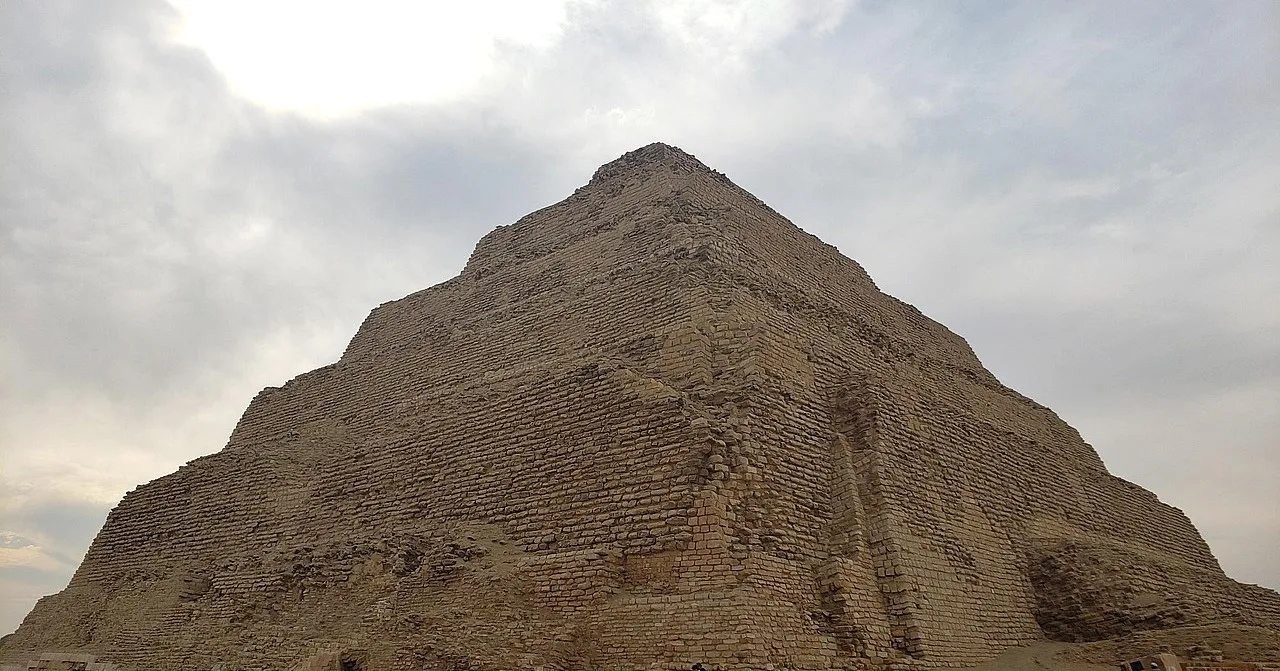Rituals and pottery
of burials in valley temples
Reliefs and inscriptions on the walls of the Old Kingdom tombs and reveal evidence of the lifestyle of the pyramid builders. The tombs are the basis for studying the diseases that people suffered from. The pottery indicates that the entire area may have been intensively occupied in ancient times. Skeletal remains from the tombs Excavations have shown the presence of a community of workers southeast of the Great Sphinx. Different main areas the tombs of workers and caretakers have revealed the foundations of its construction. Inscriptions on monuments archaeological evidence and patterns suggest that the Sphinx is contemporary with the Old Kingdom pyramids at Giza. The Giza finds include the excavation of tombs of artists workers and craftsmen who built the pyramids as well as simple burials including tombs also confirming the mud-brick houses discovered in 1955. To the east the Mycerinus Valley Temple a city of workers associated with the pyramids contains the remains of workshops that produced ritual artifacts and pottery production sites for burial and royal temples.
Saqqara and Memphis one of the major capitals of Egypt and the city necropolis. Inscriptions at SaqqaraIn the 1930s excavations of the ancient tombs in 1964 the tomb of Imhotep designer of the Step Pyramid at Saqqara. Although Imhotep's tomb was never discovered a large complex of buildings containing the sacred animals worshipped at Saqqara as well as a chapel were still uncovered. Brief surveys of some of the excavations continue with other pyramidal complexes and surrounding tombs. Grave and wall reliefs relating to art architecture and burial traditions have been discovered including those of General Horemheb keeper of the treasury of Tutankhamun, and Thea sister and brother-in-law of Ramses II. Papyrus related to the cult religious tools furniture shrines. The Egyptoration Society has continued to work at Saqqara since 1975 including a joint mission with the Rijksmuseum
which in 1999 was replaced by a joint expedition between RMO and Leiden University. The aim of the project was to find the tomb inscribed by Lepsius visited in the mid-19th century and the subsequent history of the New Kingdom emphasizing the importance of Memphis even at a time when the main capital of the state was located in Thebes. The sacred animal tombs. New scientific research has been initiated again allowing further investigations into the animal mummies and the chronology of all the tombs at Saqqara and Memphis. On the plateau and cliffs of Saqqara it is also possible to collect everything and examine the records environmental studies and history of the city in the current and future archaeological needs.









